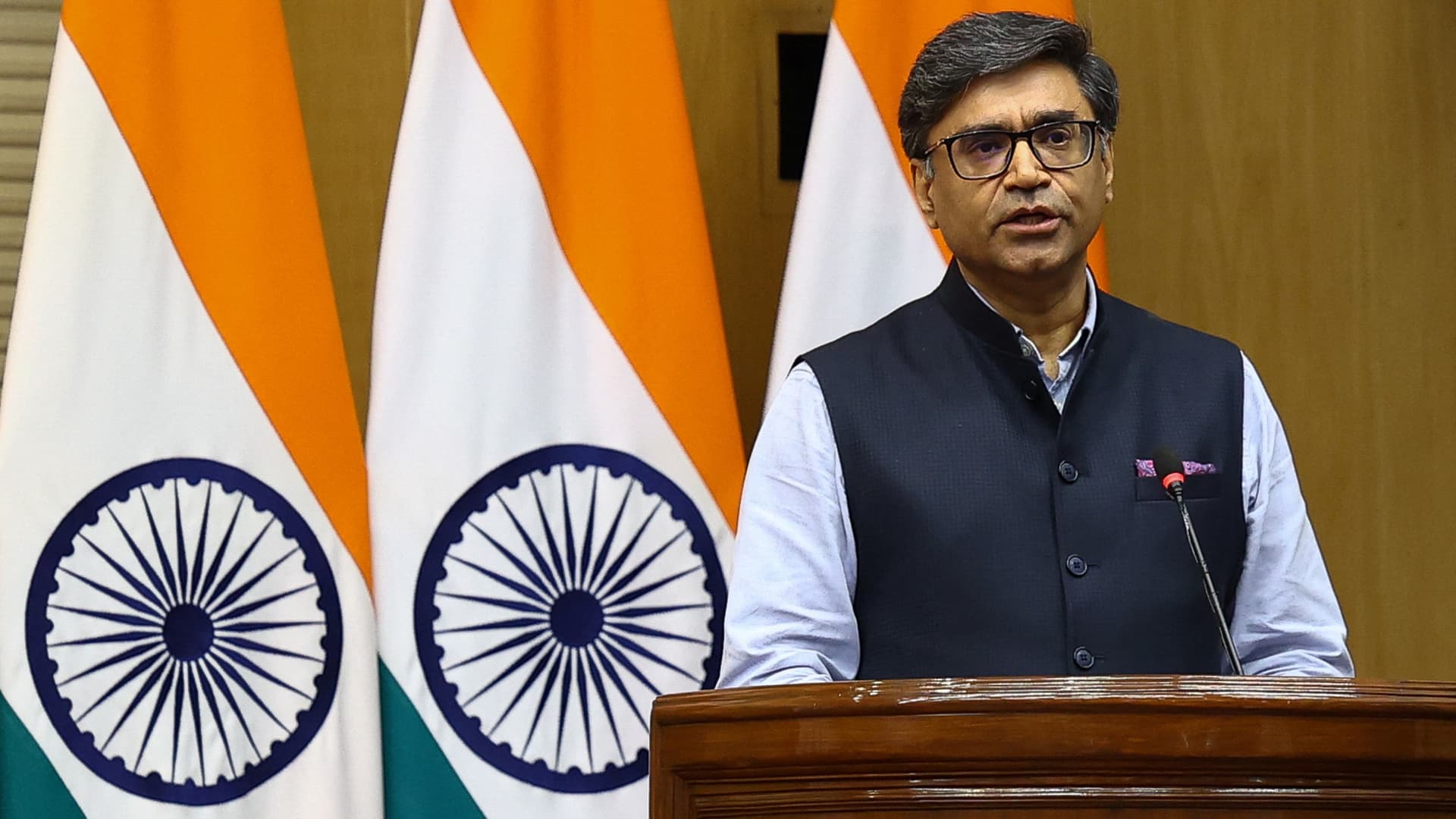“`markdown
The Fragile Road to Peace: Analyzing the India-Pakistan Ceasefire Agreement
The sudden announcement of a “full and immediate ceasefire” between India and Pakistan sent ripples across the international community, marking a rare moment of diplomatic breakthrough in one of the world’s most volatile regions. This agreement, brokered under intense U.S. mediation, didn’t just pause military exchanges—it offered a glimmer of hope for resolving a conflict that has simmered for decades. But beneath the surface of this historic deal lie complex challenges and opportunities that demand closer examination.
The Powder Keg of Kashmir
For over seven decades, the Line of Control (LoC) in Kashmir has been a flashpoint for violence. The recent escalation saw both nuclear-armed nations employing drones and missiles in strikes that threatened to spiral out of control. What made this episode particularly dangerous was its timing—coming after years of stalled dialogue and growing nationalist rhetoric on both sides. The LoC ceasefire violations had become almost routine, but February’s clashes crossed a dangerous threshold, with attacks targeting military installations rather than just border posts.
The geography of Kashmir adds layers of complexity. Its mountainous terrain makes monitoring violations difficult, while the presence of militant groups creates perpetual suspicion. When Pakistan-based Jaish-e-Mohammed claimed responsibility for a suicide attack in Indian-administered Kashmir in 2019, it triggered a cycle of retaliation that ultimately led to aerial dogfights—the first between the two air forces in nearly five decades.
The Art of the Deal: U.S. Mediation Unpacked
The Trump administration’s involvement followed a pattern seen in other global hotspots—combining public statements with backchannel diplomacy. The “long night” of negotiations referenced in announcements likely involved:
– Third-party intelligence sharing: U.S. satellite imagery may have helped verify troop movements
– Economic leverage: Both countries rely on American markets and potential investment
– Multilateral pressure: Quiet coordination with allies like Saudi Arabia and the UAE
Interestingly, the mediation occurred outside traditional frameworks like the UN, showcasing how great-power diplomacy can sometimes bypass institutional channels. The choice of Truth Social for the announcement also reflected the personalized nature of modern diplomacy, where leaders increasingly communicate directly through social platforms.
The Ceasefire’s Ripple Effects
Security Implications
The agreement’s specificity—covering land, air, and sea—is unprecedented. Previous ceasefires often collapsed due to ambiguities about permissible activities. By explicitly banning all military action, this deal closes loopholes that previously allowed “non-contact” warfare like cyberattacks or proxy militant operations to continue.
Economic Windfalls
Pakistan’s immediate reopening of airspace creates tangible benefits:
– Aviation: Saves airlines millions in fuel costs from bypassing Pakistani airspace
– Trade: Potential revival of cross-border commerce, especially in textiles and pharmaceuticals
– Energy: Possible resumption of gas pipeline projects stalled by tensions
Humanitarian Relief
Villages along the LoC have endured decades of shelling. The ceasefire allows:
– Reconstruction of damaged homes and schools
– Safe access to farmland near the border
– Return of displaced communities
The Fault Lines Beneath the Surface
Several unresolved issues threaten the ceasefire’s longevity:
History offers cautionary tales—the 2003 ceasefire held for years but eventually unraveled due to these very issues. This time, however, the involvement of a major power like the U.S. as guarantor could change the calculus.
Conclusion: Between Hope and History
A Test for 21st Century Diplomacy
This ceasefire represents more than just a pause in violence—it’s a test case for whether modern diplomacy can resolve entrenched conflicts. The coming months will reveal whether both nations can:
– Institutionalize communication channels beyond military hotlines
– Develop economic interdependence as a peace incentive
– Resist the temptation to use tensions for domestic political gain
For the international community, the lesson is clear: proactive mediation in nuclear flashpoints isn’t just desirable—it’s essential. As India and Pakistan navigate this fragile peace, their success or failure will echo far beyond the Himalayas, offering either a blueprint for conflict resolution or another cautionary tale in the annals of diplomacy.
“`











